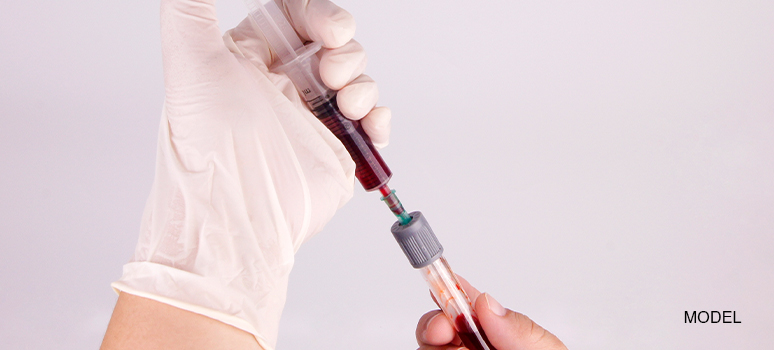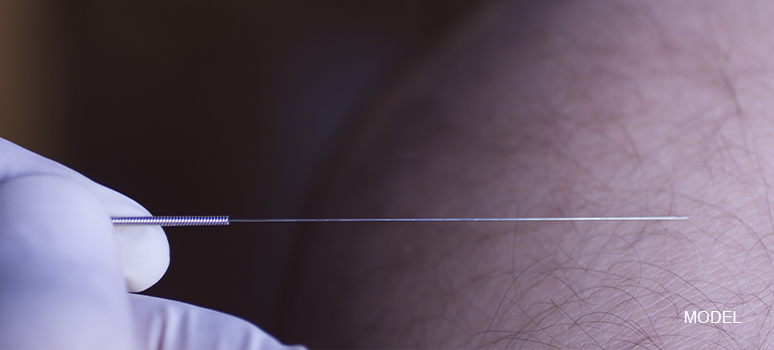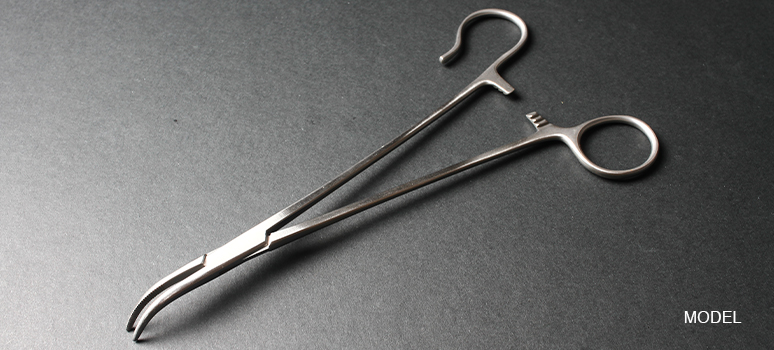Introduction
Have you ever wondered about the precise, almost effortless process of blood collection? Behind the scenes, the seemingly simple task of drawing blood relies heavily on a crucial tool: the needle holder for blood collection. This unassuming device is the backbone of phlebotomy, ensuring both accuracy and safety. However, many people, even those in the medical field, might not fully grasp its importance or the nuances of its function. In this comprehensive guide, we’ll delve deep into the world of needle holders, exploring their functions, the types of needles used, and the crucial role they play in modern healthcare. Whether you’re a seasoned phlebotomist or simply curious about the process, this article will shed light on the unsung hero of blood collection. At Robbins Instruments, we understand the importance of quality phlebotomy tools, and this article aims to provide a deep dive into the subject.
Understanding the Needle Holder Function
The needle holder, often referred to as a hub or adapter, acts as a bridge between the blood collection needle and the evacuated tube. Its primary needle holder function is to provide a secure and stable connection, facilitating the seamless flow of blood into the collection tube. Imagine attempting to draw blood without a stable connection – the risk of needle slippage, blood spillage, and patient discomfort would skyrocket. The needle holder eliminates these risks by:
- Providing a stable grip: Its design allows for a firm, ergonomic grip, enabling the phlebotomist to maintain control throughout the procedure.
- Facilitating tube changes: The holder allows for quick and easy tube changes without removing the needle from the patient’s vein, minimizing discomfort and maximizing efficiency.
- Ensuring a closed system: The holder maintains a closed system, preventing blood exposure and reducing the risk of contamination.
Robbins Instruments understands the importance of a reliable needle holder. Our products are designed with precision and durability in mind, ensuring consistent performance and safety.
The Needles Used for Blood Collection
The needles used for blood collection are specifically designed to minimize patient discomfort and ensure accurate blood flow. They typically consist of a double-ended needle: one end punctures the patient’s vein, and the other end pierces the rubber stopper of the evacuated tube. Key features of these needles include:
- Gauge: The gauge refers to the needle’s diameter. A higher gauge number indicates a thinner needle. Common gauges for blood collection range from 21G to 23G.
- Length: Needle length varies depending on the patient’s vein size and depth.
- Bevel: The bevel is the slanted tip of the needle, designed to smoothly penetrate the skin and vein.
Choosing the appropriate needle is crucial for a successful blood draw. Experienced phlebotomists consider factors like patient age, vein size, and the volume of blood required. Robbins instruments provides a variety of needles made with high quality materials.
Prioritizing Safety: The Role of Safety Needles for Blood Collection
In today’s healthcare environment, safety is paramount. Safety needles for blood collection are designed to minimize the risk of needlestick injuries, protecting both patients and healthcare professionals. These needles incorporate features such as:
- Needle shielding mechanisms: These mechanisms automatically or manually cover the needle after use, preventing accidental punctures.
- Integrated holders: Many safety needles come with integrated holders, simplifying the collection process and reducing the number of separate components.
- Visual and audible confirmation: Some safety needles provide visual or audible cues to confirm that the shielding mechanism is properly engaged.
Implementing safety needles for blood collection is not just a best practice; it’s a critical step in creating a safe and efficient healthcare environment. Robbins Instruments is committed to providing safety-engineered products that meet the highest standards of quality and reliability.
The Importance of Proper Technique
Even with the best equipment, proper technique is essential for successful blood collection. Here are some key tips:
- Patient preparation: Explain the procedure to the patient, obtain informed consent, and ensure they are comfortable.
- Vein selection: Choose a suitable vein, typically in the antecubital fossa (the inside of the elbow).
- Tourniquet application: Apply a tourniquet above the chosen vein to distend it and make it easier to locate.
- Needle insertion: Insert the needle at a shallow angle (15-30 degrees) and smoothly advance it into the vein.
- Tube filling: Allow the evacuated tube to fill completely, ensuring the correct blood-to-additive ratio.
- Needle removal and safety activation: Remove the needle and immediately activate the safety mechanism.
- Bandage application: Apply a bandage to the puncture site.
Choosing the Right Needle Holder: Considerations and Best Practices
Selecting the right needle holder can significantly impact the efficiency and safety of blood collection. Consider the following factors:
- Compatibility: Ensure the holder is compatible with the needles and evacuated tubes used in your facility.
- Ergonomics: Choose a holder that provides a comfortable and secure grip.
- Durability: Opt for a holder made from high-quality materials that can withstand repeated use and sterilization.
- Safety features: Prioritize holders with integrated safety features, such as needle shielding mechanisms.
- Brand reputation: Select products from reputable manufacturers like Robbins Instruments, known for their quality and reliability.
Robbins Instruments: Your Partner in Blood Collection Excellence
At Robbins Instruments, we understand the critical role of blood collection in healthcare. We are committed to providing high-quality, reliable, and safe products that meet the needs of healthcare professionals. Our extensive range of needle holders, needles, and safety devices are designed to enhance efficiency, minimize discomfort, and prioritize safety. We believe that by providing the best tools, we can empower healthcare professionals to deliver the best possible care.
Conclusion
The needle holder for blood collection is a seemingly simple device that plays a vital role in ensuring accurate, safe, and efficient blood collection. By understanding its needle holder function, the types of needles used for blood collection, and the importance of safety needles for blood collection, healthcare professionals can optimize their practices and prioritize patient safety. Robbins Instruments is dedicated to providing the highest quality products and resources to support your blood collection needs. We encourage you to explore our range of products and discover how we can help you achieve excellence in your practice. Share this post with your colleagues and leave a comment below with your questions or experiences.
FAQS
1. What is the primary function of a needle holder?
The primary function is to provide a secure connection between the blood collection needle and the evacuated tube, facilitating blood flow.
2. What are the different gauges of needles used for blood collection?
Common gauges range from 21G to 23G, with higher gauge numbers indicating thinner needles.
3. Why are safety needles important?
Safety needles minimize the risk of needlestick injuries, protecting healthcare professionals and patients.
4. How do I choose the right needle holder?
Consider compatibility, ergonomics, durability, safety features, and brand reputation.
5. Where can I find high-quality needle holders and safety needles?
Robbins Instruments provides a wide variety of high quality blood collection products.





